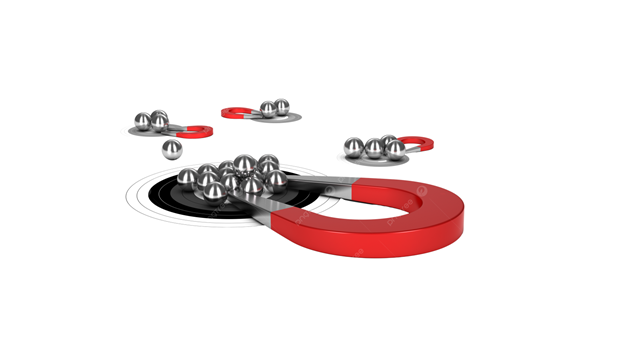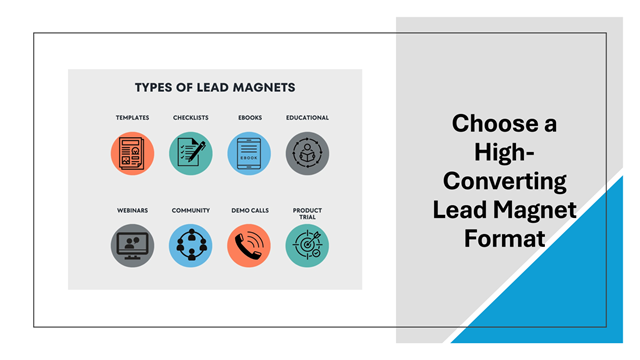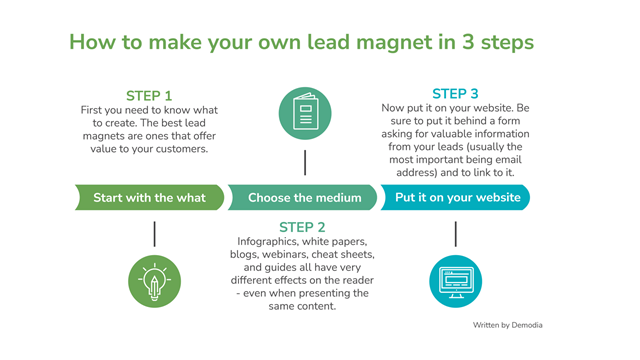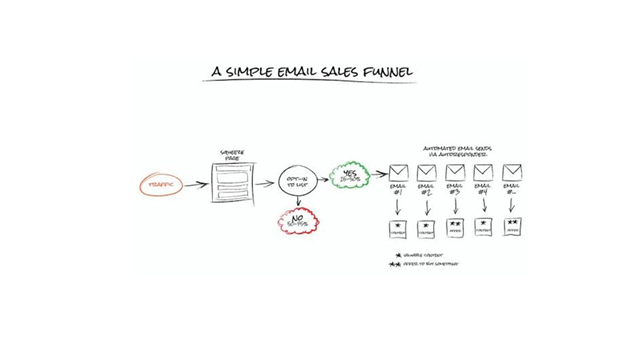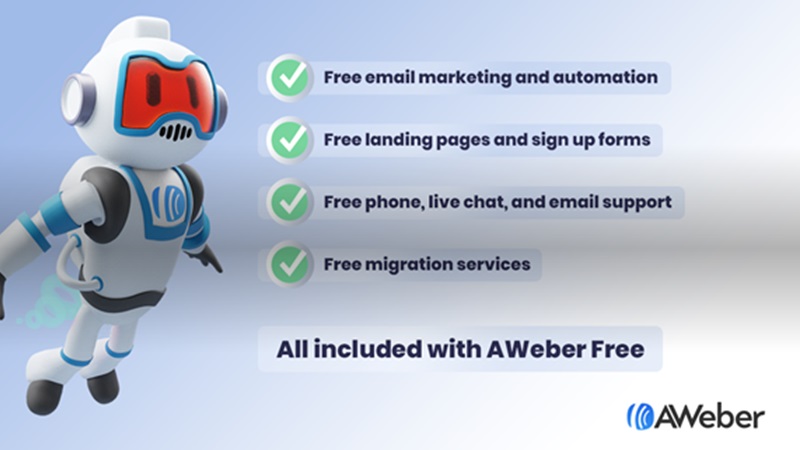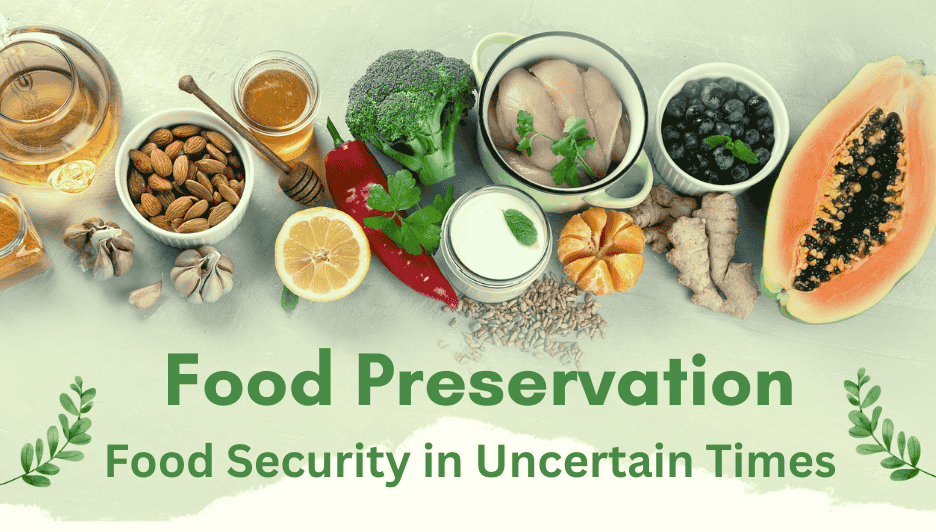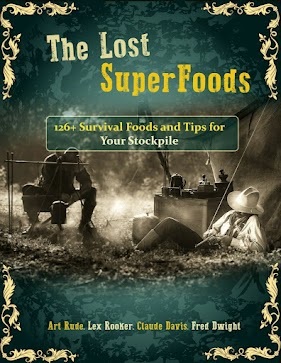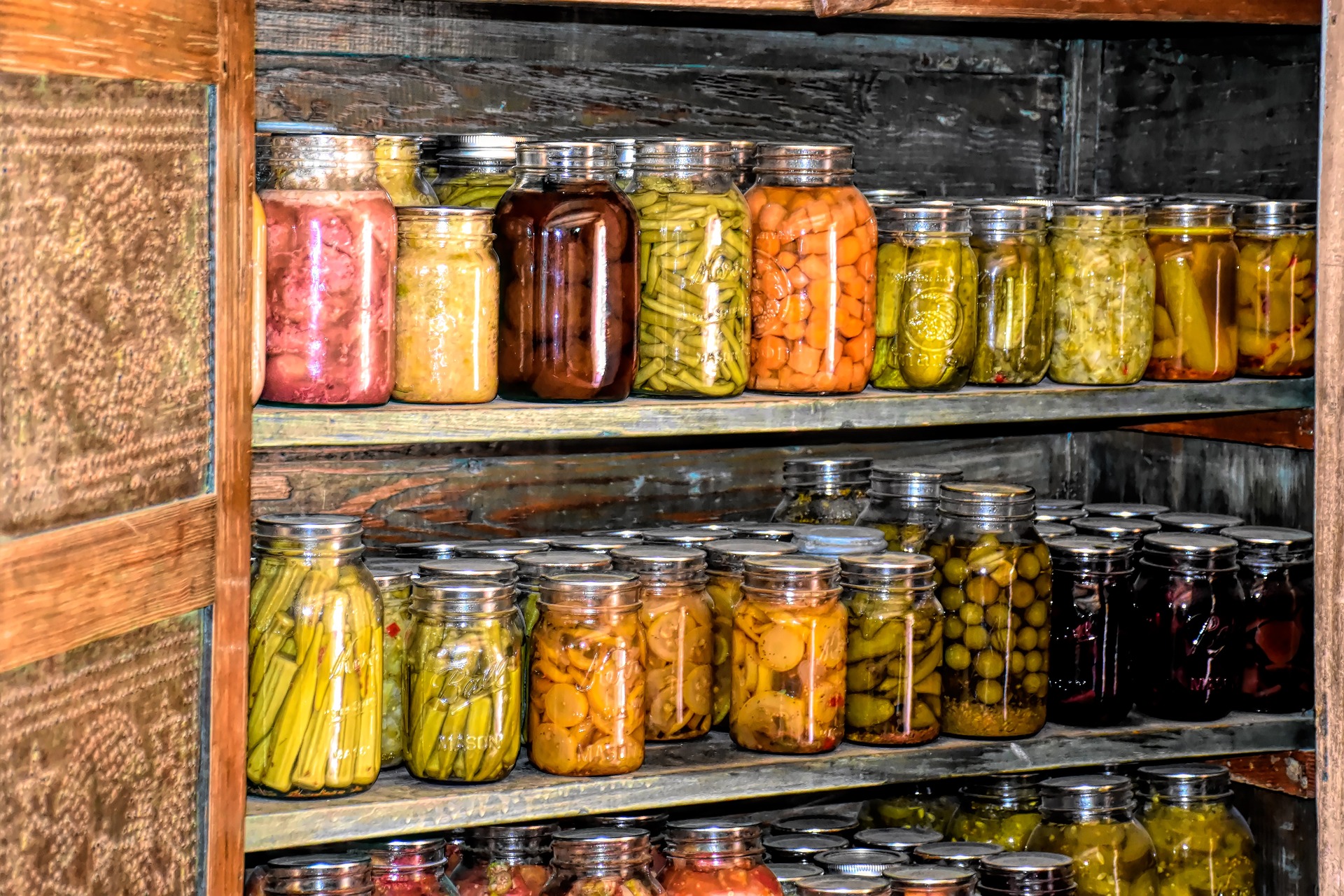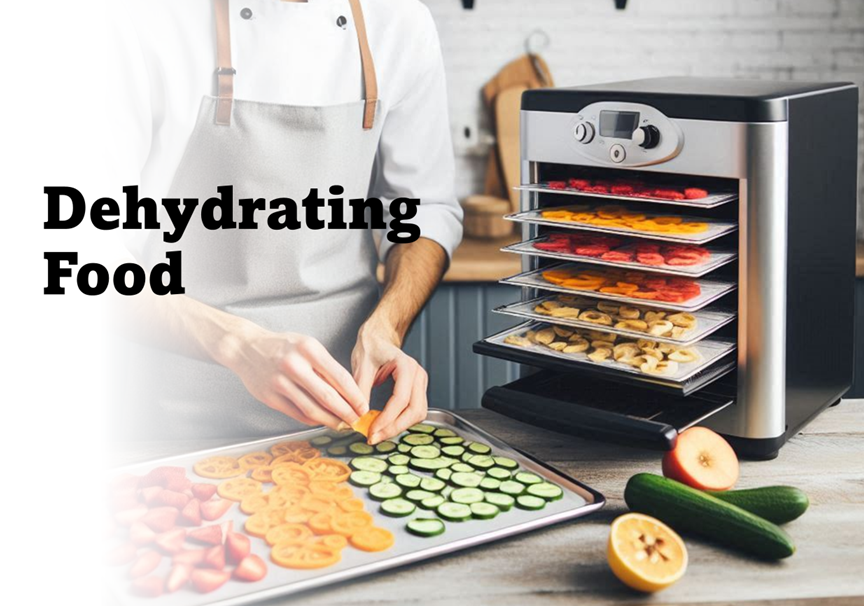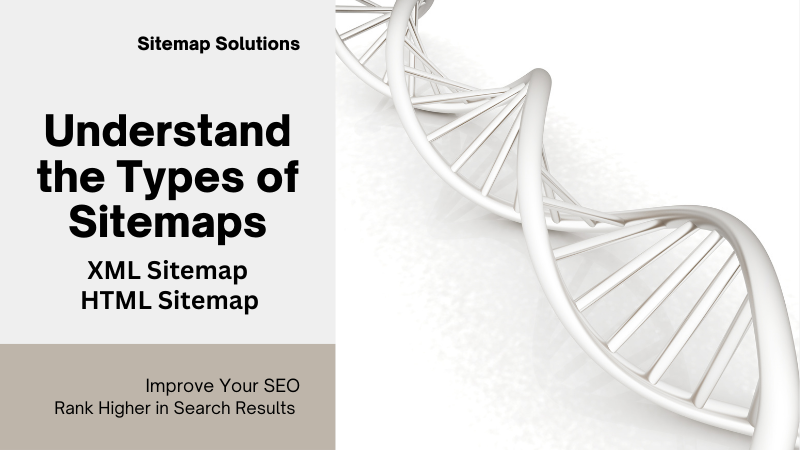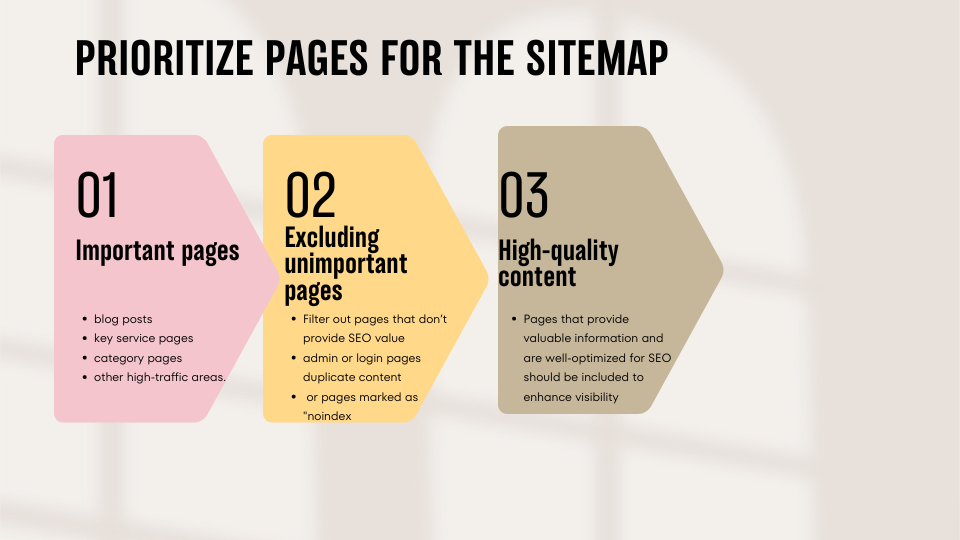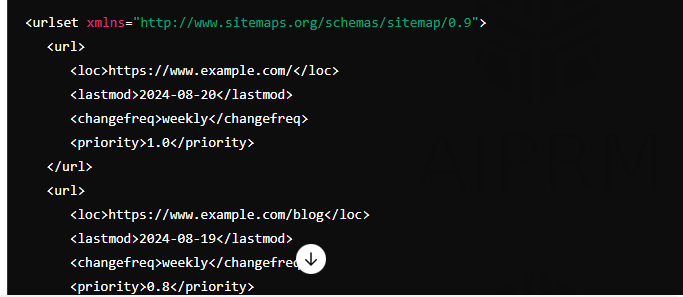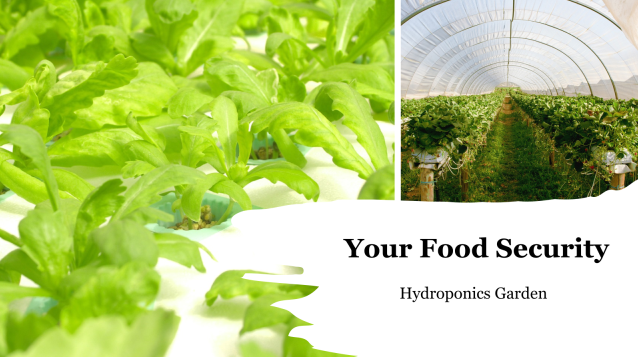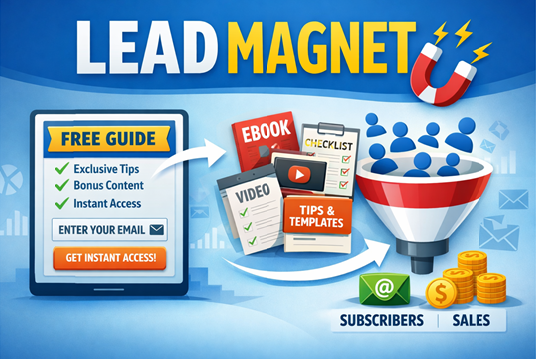
How to Create a Lead Magnet to Grow Your List (Step-by-Step)
Lead Magnet strategies are the secret weapon behind nearly every successful affiliate marketer’s email list—and without one, you’re leaving money on the table.
If you want consistent traffic, higher conversions, and repeat commissions, you need more than just links and content—you need a compelling reason for visitors to subscribe.
In this guide, you’ll learn exactly how to create a high-converting lead magnet that attracts targeted subscribers who are actually interested in your offers.
We’ll cover how to choose profitable topics, select lead magnet formats that perform best for affiliate marketing.
So, write SEO-friendly headlines that drive opt-ins, and connect your free offer to products that generate long-term affiliate income.
By the end, you’ll have a proven framework to grow your email list, build trust, and turn subscribers into buyers.
1. Start With One Specific Problem
A lead magnet should solve one small but painful problem, not everything.
Bad example:
“Complete Guide to Affiliate Marketing”
Good examples:
-
“7 Affiliate Products Beginners Can Promote This Week”
-
“My Exact Smoothie Recipe That Helped Me Lose 10 Pounds”
-
“Landlord Prescreening Checklist to Avoid Bad Tenants”
👉 Ask yourself: What is one problem my audience wants solved right now?
2. Match the Lead Magnet to Your End Goal
Your lead magnet should naturally lead to what you sell next.
| Lead Magnet Topic | Leads To |
|---|---|
| Beginner checklist | Paid course |
| Swipe file / templates | Coaching |
| Mini guide | Full ebook |
| Free tool / calculator | SaaS or membership |
Rule: If the freebie doesn’t logically connect to your offer, the leads will be low quality.
3. Choose a High-Converting Lead Magnet Format
Some formats convert better than others:
Top-performing formats:
-
✔️ Checklists
-
✔️ Cheat sheets
-
✔️ Templates
-
✔️ Swipe files
-
✔️ Short PDFs (5–10 pages)
-
✔️ Email courses (3–5 days)
Avoid: Long ebooks, theory-heavy guides, or anything that takes too long to consume.
4. Create the Content (Fast & Simple)
Your lead magnet should:
-
Be actionable
-
Be easy to skim
-
Deliver a quick win
Simple structure:
1. Short intro (who it’s for + result)
2. Step-by-step solution
3. Example or template
4. Clear next step (what to do after)
👉 Don’t aim for perfection. Aim for useful.
5. Design It for Clarity (Not Fancy)
You don’t need expensive design.
Tools you can use:
-
Canva
-
Google Docs → PDF
-
Notion → PDF
Design tips:
-
Large headings
-
Bullet points
-
White space
-
One idea per page
A simple, clean lead magnet converts better than a cluttered one.
6. Write a Strong Opt-In Headline for Your Lead Magnet
Your headline should promise a specific result.
Formula:
👉 Get [Result] Without [Pain]
Examples:
-
“Get Your First Affiliate Sale Without a Website”
-
“Screen Tenants Properly Without Legal Headaches”
-
“Lose Weight Without Starving Yourself”
7. Add a Simple Landing Page
You only need:
-
Headline
-
3–5 benefit bullets
-
Opt-in form
-
Call-to-action button
Tools:
-
ConvertKit
-
MailerLite
-
Systeme.io
-
WordPress + form plugin
8. Deliver Lead Magnet Instantly & Automate Follow-Up
Once someone opts in:
- Deliver the lead magnet immediately
- Start a short welcome sequence (3–5 emails)
- Build trust before selling anything
First email: Deliver + quick win
Second email: Your story
Third email: Helpful tip
Fourth email: Soft offer
9. Promote Lead Magnet Everywhere
Your lead magnet should be visible on:
-
Blog posts
-
Homepage
-
Pop-ups
-
YouTube descriptions
-
Instagram bio
-
Pinterest pins
-
Facebook groups (where allowed)
One good lead magnet + consistent promotion = steady list growth.
10. Improve Your Lead Magnet Based on Results
Track:
-
Opt-in rate
-
Email open rates
-
Clicks
-
Conversions
If it’s not converting:
-
Make the promise more specific
-
Shorten the content
-
Improve the headline
Lead Magnet: Final Tip + Call to Action
A lead magnet doesn’t need to be perfect—it needs to be useful and intentional.
Focus on solving one specific problem, delivering a quick win, and guiding subscribers naturally to your next offer.
When your lead magnet aligns with your audience’s immediate needs and your long-term affiliate goals, your email list stops being just a list and starts becoming a reliable income asset.
Now it’s your turn. Don’t wait for the “perfect” idea—choose one problem your audience is facing today and create a simple lead magnet that solves it.
Publish it, promote it, and start building your list immediately. Every day you delay is another day you’re missing out on subscribers, trust, and potential affiliate commissions.
Take action today and let your lead magnet start working for you 24/7.

